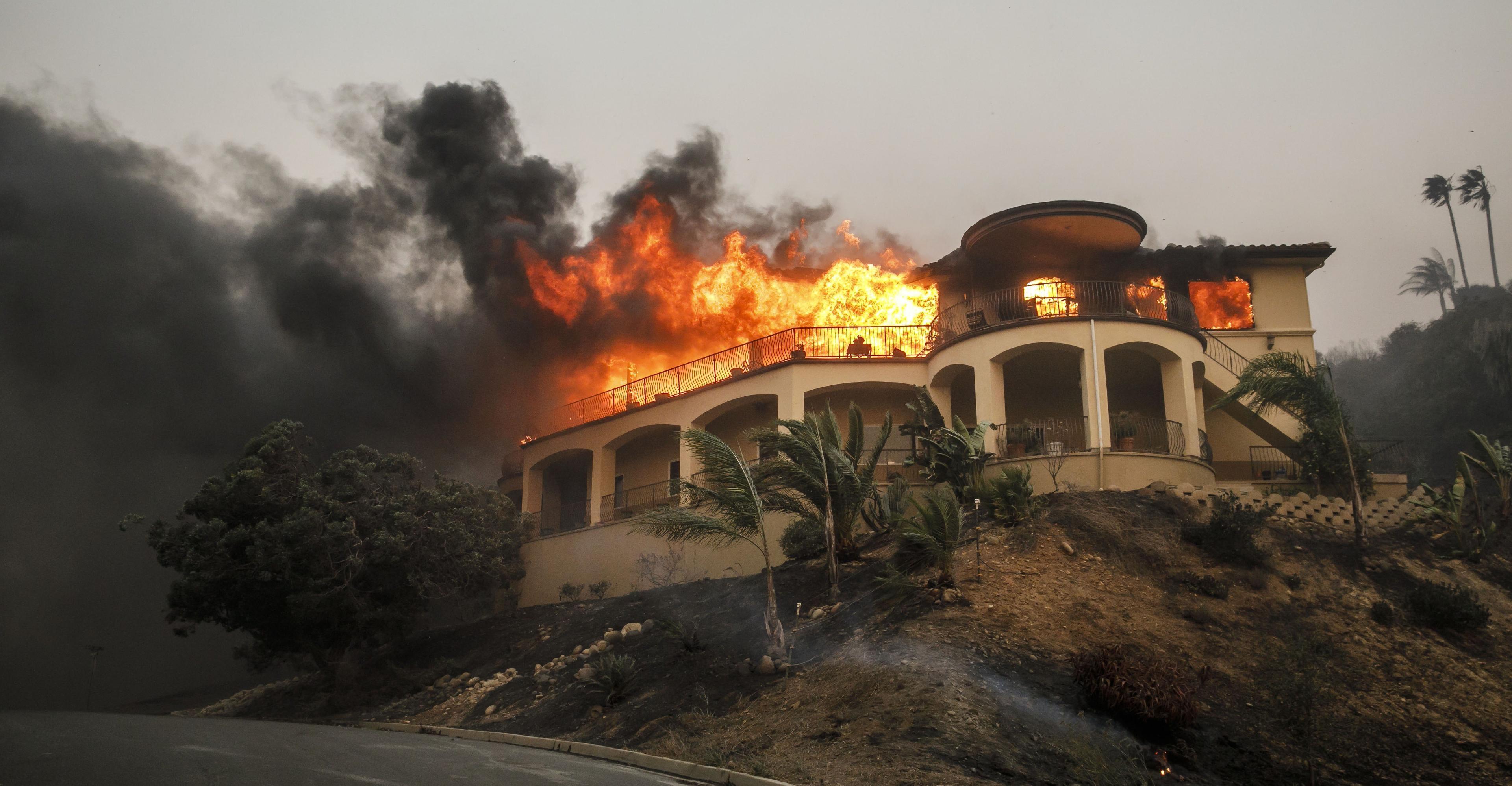- Home
- Technology
- News
NASA telescope detects carbon dioxide outside solar system for first time
America's space agency made the announcement today, saying the planet in question was a gas giant about 700 light years away from Earth.


The National Aeronautics and Space Administration’s (NASA) James Webb Space Telescope has captured the first clear evidence for carbon dioxide in the atmosphere of a planet outside the solar system for the first time.
James Webb, world's premier space science observatory, continues to break new ground in space research, having detected carbon dioxide in the atmosphere of a planet outside the solar system.
America's space agency made the announcement today, saying the planet in question was a gas giant about 700 light years away from Earth.
The finding, accepted for publication in Nature, offers evidence that in the future Webb may be able to detect and measure carbon dioxide in the thinner atmospheres of smaller rocky planets.
"WASP-39b is a hot gas giant with a mass roughly one-quarter that of Jupiter (about the same as Saturn) and a diameter 1.3 times greater than Jupiter," NASA said in a post.
"Its extreme puffiness is related in part to its high temperature (about 1600 degrees Fahrenheit or 900 degrees Celsius)."
The planet had initially been discovered in 2011.
Older telescopes had previously revealed water vapour, sodium and potassium in the planet's atmosphere - but the Webb telescope went further.
"As soon as the data appeared on my screen, the whopping carbon dioxide feature grabbed me," said researcher Zafar Rustamkulov.
"It was a special moment, crossing an important threshold in exoplanet sciences."
Understanding the composition of a planet's atmosphere is important because it tells scientists something about the origin of the planet and how it evolved.
"Carbon dioxide molecules are sensitive tracers of the story of planet formation," said Mike Line of Arizona State University, another member of the research team.
"By measuring this carbon dioxide feature, we can determine how much solid versus how much gaseous material was used to form this gas giant planet."

Why conservatives should pay parents to stay home
- 3 گھنٹے قبل
Thieves drill into German bank vault and make off with millions
- 10 گھنٹے قبل

Rodeo is an app for making plans with friends you already have
- 5 گھنٹے قبل

The year of ‘decentering men’
- 3 گھنٹے قبل

GOG’s Steam-alternative PC game store is leaving CD Projekt, staying DRM-free
- 5 گھنٹے قبل

Zohran Mamdani on his mayoral transition and what comes next
- 3 گھنٹے قبل
PM Shehbaz reiterates resolve to elevate Pak-UAE longstanding ties
- 9 گھنٹے قبل

In America, surviving a disaster increasingly depends on what you can afford
- 3 گھنٹے قبل

Google Photos is coming to Samsung TVs in 2026
- 5 گھنٹے قبل

I’m The Verge’s Senior Internet Typist, ask me anything while Nilay’s away!
- 5 گھنٹے قبل

Turn your PC into a Super Nintendo with Epilogue’s new USB dock
- 5 گھنٹے قبل

Ubisoft shuts down ‘Rainbow Six Siege’ servers following hack
- 5 گھنٹے قبل


